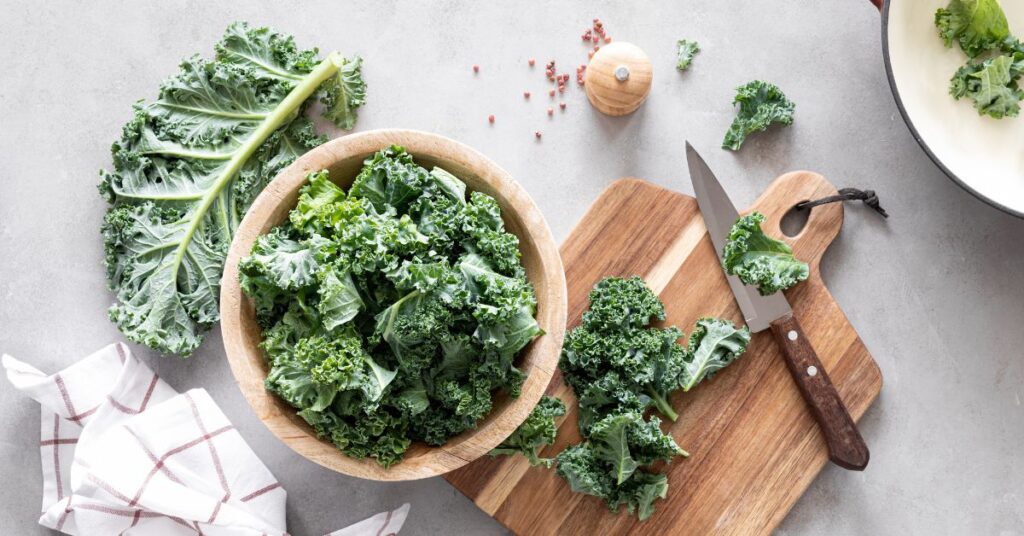

One of the earliest signs of spring is the visual jolt of green that arrives every year from perennial sorrels to dandelion plants. Soon to follow will be spinach, arugula, chard… and the list goes on. This wonderful reminder that the plant kingdom is re-awakening helps to shake out our winter lethargies and provide inspiration to harvest tasty greens densely loaded with nutrients and antioxidants that restore health.
Nearly 1,000 species of plants with edible leaves grow around the world. Marvelously, greens grow fast, are hearty and prolific.
The availability of local greens depends on your planting zone and the season, but there is a general pattern of emergence. There are several websites where you can enter your state and the month to get a list of what produce is available locally.
Choose greens that are vibrant in color (generally dark green) and not yellowed, bruised, or wilted. Leaves should be crisp and not flaccid. Stems (if appreciable in size) should be firm and not limp. We often underestimate how much leafy greens will cook down, so be sure to get plenty.
It is recommended that you use a salad spinner to remove excess water after rinsing greens. Alternatively you can submerge your greens in a sink full of water to remove insects or dirt and then blot them dry with a (paper) towel. When working with smaller greens it is best to use a spinner, but you can blot all greens with paper towels. Note: if you are going to cook the greens, then drying them isn’t necessary, just shake them a little over your sink.
Place the greens between three or four connected sheets of paper towel, with the greens spread across. Then place another layer of paper towel on top, rolling them up like a large burrito. Store in a gallon sealable bag or container. This method increases shelf life. Most greens (depending on size, thickness, and age) will stay fresh for at least 4 days in the refrigerator. Collards and kale may last up to a week or more if stored properly. Some people like reusing grocery store perforated plastic bags for storing their greens.
Technique and duration of cooking will vary with the type and maturity of the greens chosen. Swiss chard, mustard greens and spinach all cook quickly. Denser kale and collard greens will take longer. Boiling will help tone down spicy greens such as mustard greens.
Incidentally, in the South, they used to cook down seasoned collard, turnip, or mustard greens with water. The leftover liquid containing essential vitamins and minerals is called “pot liquor.” This is trending today as well. Why not reuse the liquor from cooking your greens as a beverage, in soups, sauces, or stews?
Cooking With a Wok: A favorite method for cooking greens is to chop them and place in a non-stick wok (or a non-stick stir-frying pan). Young tender greens, for the most part do not work well in wok cooking.
Some people like to remove the “rib” from leaves of chard, kale, or collards (stripping them). Another method is to cut the ribs crosswise like celery slices, and add them at the bottom of a stir-fry so they are tender when cooked. When stir-frying with other vegetables, add the greens last.
Greens are vibrant, colorful, versatile, low-calorie, delicious and nutrient dense. Have fun exploring one of the greatest gifts to our health that nature has generously provided.
Copyright 2025 Center for Nutrition Studies. All rights reserved.